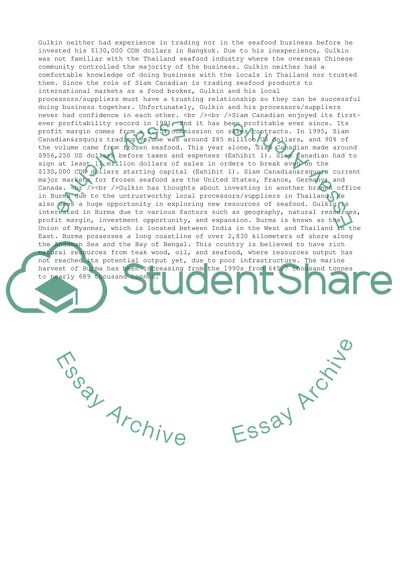Cite this document
(Siam Canadian Co Ltd's Business Philosophy Case Study Example | Topics and Well Written Essays - 1500 words, n.d.)
Siam Canadian Co Ltd's Business Philosophy Case Study Example | Topics and Well Written Essays - 1500 words. https://studentshare.org/business/1703149-business-case
Siam Canadian Co Ltd's Business Philosophy Case Study Example | Topics and Well Written Essays - 1500 words. https://studentshare.org/business/1703149-business-case
(Siam Canadian Co Ltd'S Business Philosophy Case Study Example | Topics and Well Written Essays - 1500 Words)
Siam Canadian Co Ltd'S Business Philosophy Case Study Example | Topics and Well Written Essays - 1500 Words. https://studentshare.org/business/1703149-business-case.
Siam Canadian Co Ltd'S Business Philosophy Case Study Example | Topics and Well Written Essays - 1500 Words. https://studentshare.org/business/1703149-business-case.
“Siam Canadian Co Ltd'S Business Philosophy Case Study Example | Topics and Well Written Essays - 1500 Words”. https://studentshare.org/business/1703149-business-case.


